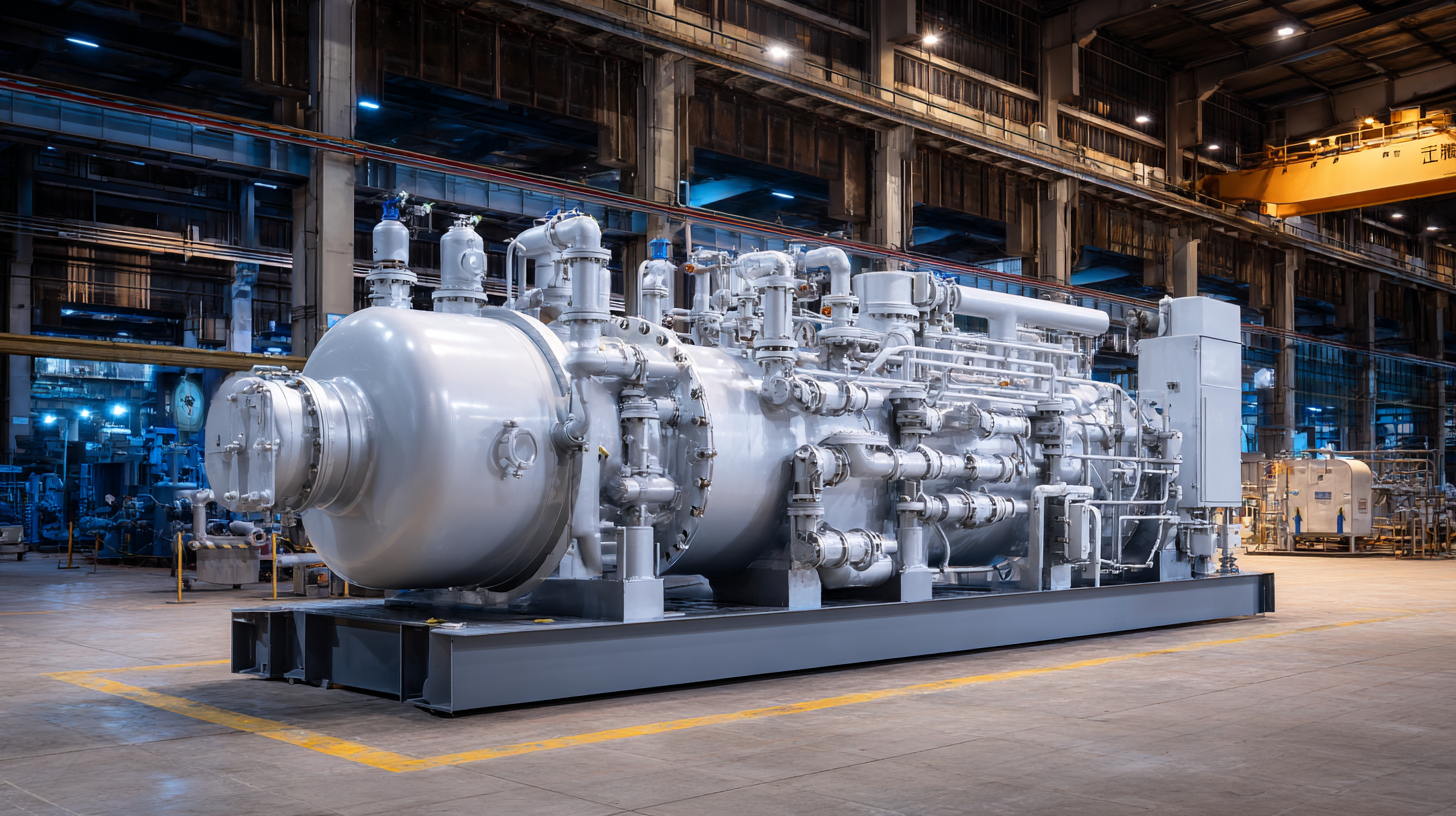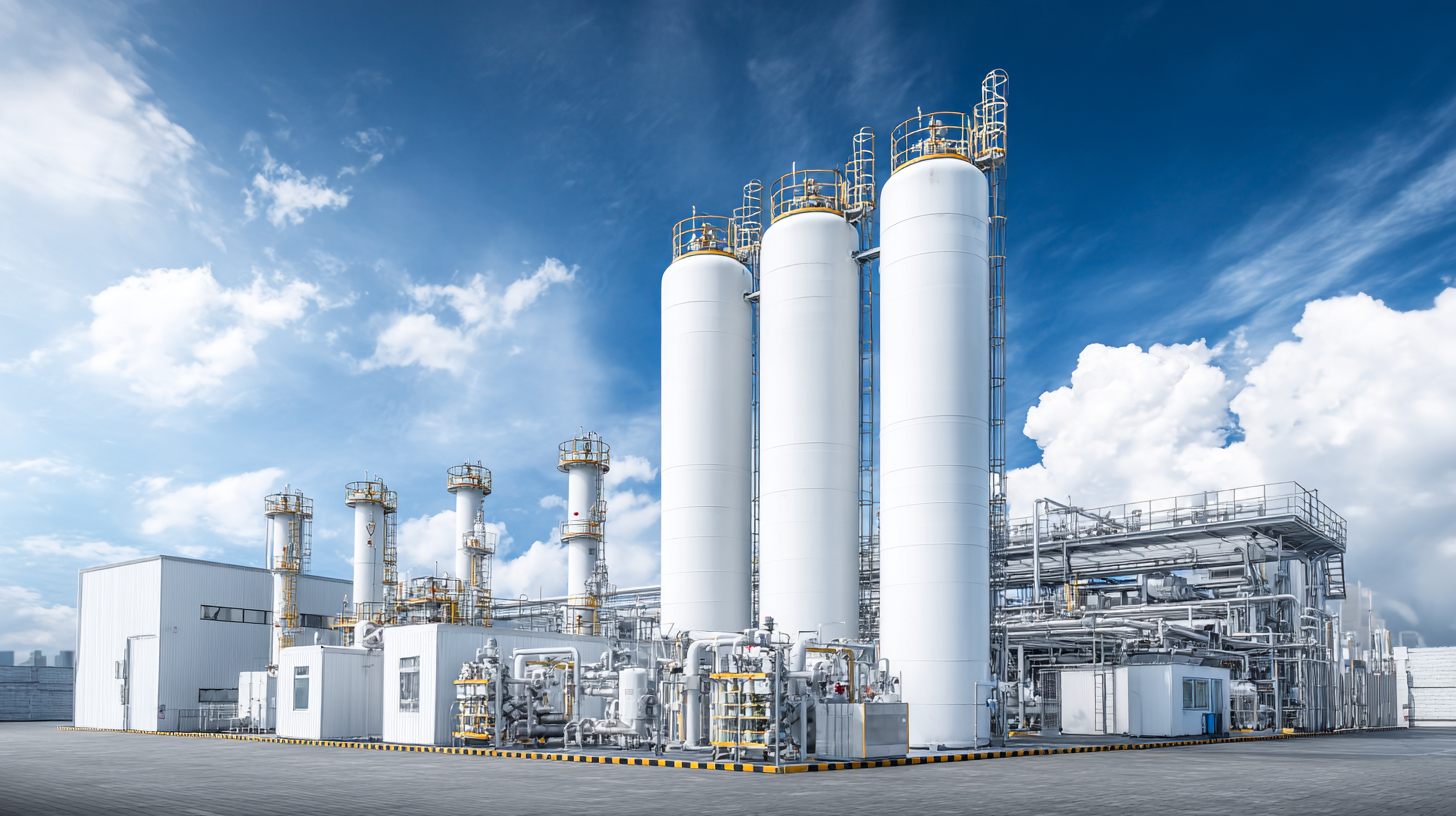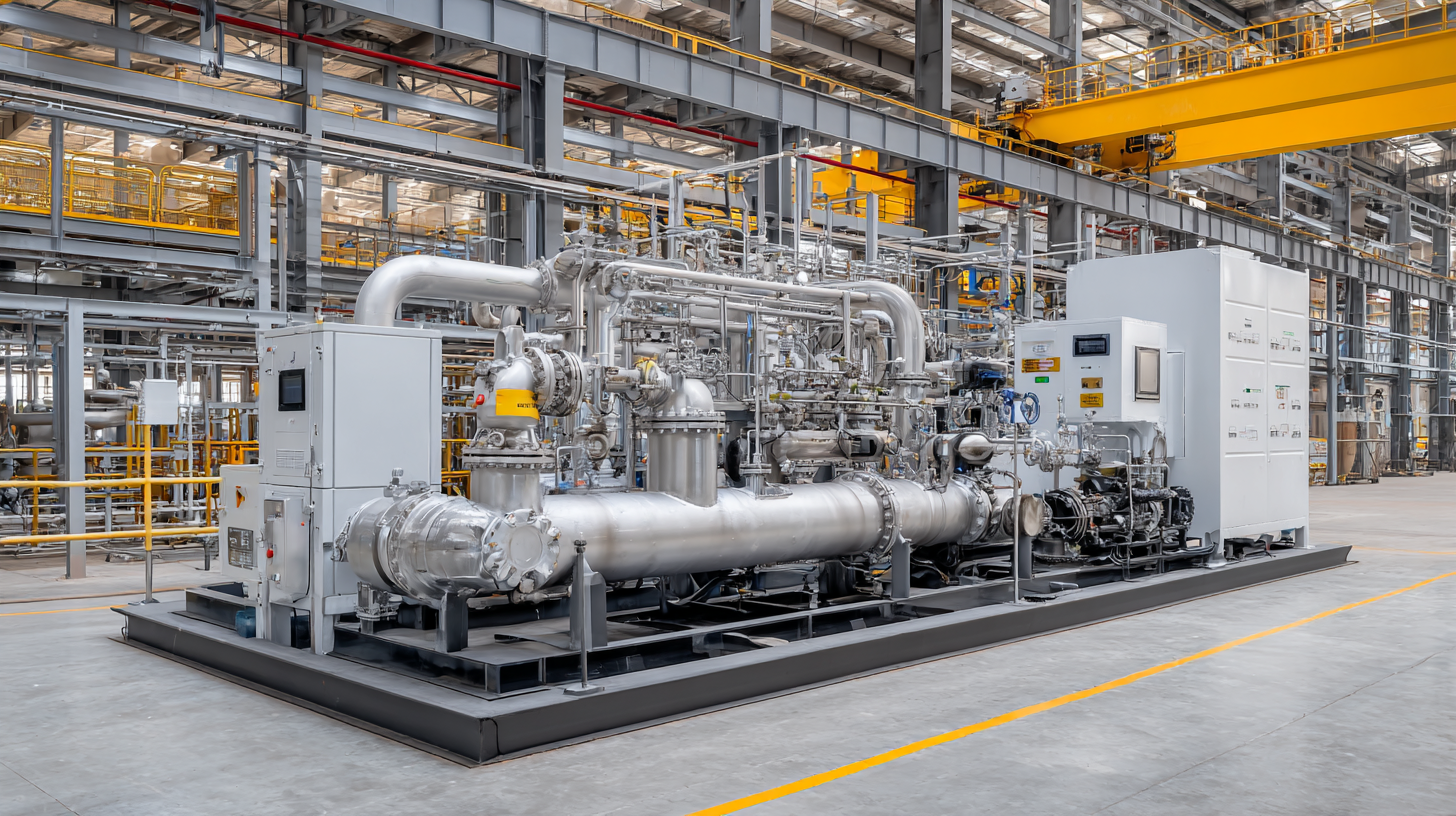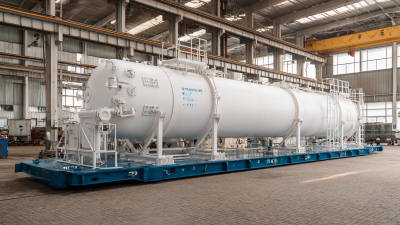
-
Home
-
About us
-
Products
-
Solutions
-
News
-
Blog
-
Contact us
Leave Your Message

The rising demand for hydrogen as a clean energy source has propelled the development of advanced technologies, making the choice of a Big Capacity Hydrogen Liquefier crucial for industrial applications. According to a report by the International Energy Agency, global hydrogen production is expected to increase by 60% by 2030, necessitating the need for efficient liquefaction processes to meet this demand sustainably.

Selecting the right liquefier not only optimizes operational efficiency but also significantly impacts the output and purity of the produced hydrogen, critical for sectors like transportation and energy storage. Moreover, a recent market analysis indicates that the global hydrogen liquefaction market is projected to reach over $1 billion by 2025, highlighting the importance of investing in high-capacity systems that leverage cutting-edge technology.
Therefore, understanding the key factors in selecting an optimal Big Capacity Hydrogen Liquefier is essential for businesses aiming to enhance their production capabilities and competitive edge in the evolving hydrogen economy.
Hydrogen liquefaction is a critical process in the hydrogen supply chain, significantly impacting its storage and transportation. As industries shift towards cleaner energy sources, the demand for hydrogen has escalated, necessitating efficient liquefaction techniques. Liquefied hydrogen occupies a much smaller volume than gas, allowing for larger quantities to be stored and transported more effectively. This efficiency can lead to reduced costs and environmental impact, making it essential for industries aiming to meet rising energy demands sustainably.
Understanding the intricacies of hydrogen liquefaction is vital for industries looking to optimize their operational efficiency. The process involves cooling hydrogen to extremely low temperatures, typically below -253°C. This requires advanced technology and equipment, which must be chosen carefully to ensure maximum output and efficiency. Factors such as compression methods, refrigeration cycles, and materials used in the liquefaction plants all play a significant role in how effectively hydrogen can be liquefied. By investing in the right big capacity hydrogen liquefier, companies can enhance productivity while supporting the transition towards a hydrogen-based economy.
When selecting a big capacity hydrogen liquefier, there are several key factors to consider to ensure optimal efficiency and output. First and foremost, the liquefier's operating pressure and temperature are critical parameters. Systems designed to operate under specific conditions will significantly influence the energy consumption and overall performance. Therefore, carefully assessing the operational environment and application requirements is essential.
Another important consideration is the system's energy efficiency. Look for liquefiers that incorporate advanced technology and design features that minimize energy loss during the liquefaction process. Efficiency not only impacts operating costs but also contributes to the sustainability of the hydrogen production process. Additionally, the scalability of the system should be evaluated; choose a liquefier that can accommodate future growth in hydrogen demand without necessitating extensive retrofitting or replacement. By focusing on these key factors, you can make a well-informed decision on the most suitable hydrogen liquefier for your needs.

When selecting a big capacity hydrogen liquefier, evaluating performance metrics is crucial for achieving optimal efficiency. Recent studies highlight the importance of thermodynamic and exergy evaluations in enhancing the performance of hydrogen liquefaction processes. By modifying pre-cooling cycle configurations and exploring novel integration techniques, such as utilizing liquid air cold energy recovery and solid oxide fuel cells, significant improvements in specific energy consumption (SEC) can be achieved. These advancements not only contribute to operational efficiency but also reduce the overall manufacturing costs associated with hydrogen liquefaction.
Moreover, comparative analyses of hydrogen liquefaction processes, such as triple cascade mixed refrigerant cycles, provide insights into the relationship between energy efficacy and environmental sustainability. Assessing both technical and economic perspectives is essential in determining the viability of different liquefaction methods. Additionally, leveraging LNG cold energy for hydrogen liquefaction demonstrates potential for multifaceted optimization, emphasizing the need for integrating innovative approaches to design and process performance. These performance metrics should guide decision-making in the selection of hydrogen liquefiers, ensuring optimal efficiency and output in large-scale applications.
When selecting a big capacity hydrogen liquefier, understanding the technology options available is crucial. The primary distinction lies between cryogenic and non-cryogenic liquefiers. Cryogenic liquefiers operate at extremely low temperatures, typically using helium or nitrogen as refrigerants to achieve liquefaction. This method is recognized for its high efficiency and ability to produce very pure hydrogen, making it suitable for large-scale industrial applications where high volumes and quality are essential.
On the other hand, non-cryogenic liquefiers function at higher temperatures and pressures, utilizing different methods such as adsorption or membrane separation to cool and liquefy hydrogen. While these systems may offer benefits in terms of lower upfront costs and less complex infrastructure, they often struggle with efficiency and purity compared to their cryogenic counterparts. Therefore, the choice between cryogenic and non-cryogenic technologies should be influenced by specific operational needs, such as the intended application, desired output, and economic considerations related to long-term operational costs and efficiency.

When budgeting for big capacity hydrogen liquefiers, it is crucial to analyze the balance between cost and output. The initial investment in a liquefier can be substantial, but understanding the long-term efficiencies can justify the expense. Companies must assess not only the purchase price but also operational costs, maintenance, and energy consumption. A higher upfront cost may integrate advanced technology that optimizes hydrogen production rates, leading to better long-term profitability.
In addition to upfront costs, evaluating the expected output is vital. The output capacity should align with production goals and market demand. A larger-capacity liquefier may appear more expensive, but if it results in significantly higher production efficiencies and reduced per-unit costs, it could ultimately prove more economical. Prospective buyers should perform a thorough cost vs. output analysis, projecting potential revenue against operational expenses. This approach allows businesses to make informed decisions that better suit their financial and operational objectives.
| Model | Capacity (kg/day) | Efficiency (%) | Electricity Cost ($/kWh) | Initial Investment ($) | Output Value ($/kg) | Payback Period (Years) |
|---|---|---|---|---|---|---|
| Model A | 100 | 90 | 0.10 | 500,000 | 5.00 | 3.5 |
| Model B | 150 | 87 | 0.12 | 600,000 | 4.50 | 4.0 |
| Model C | 200 | 85 | 0.10 | 700,000 | 4.00 | 5.5 |





